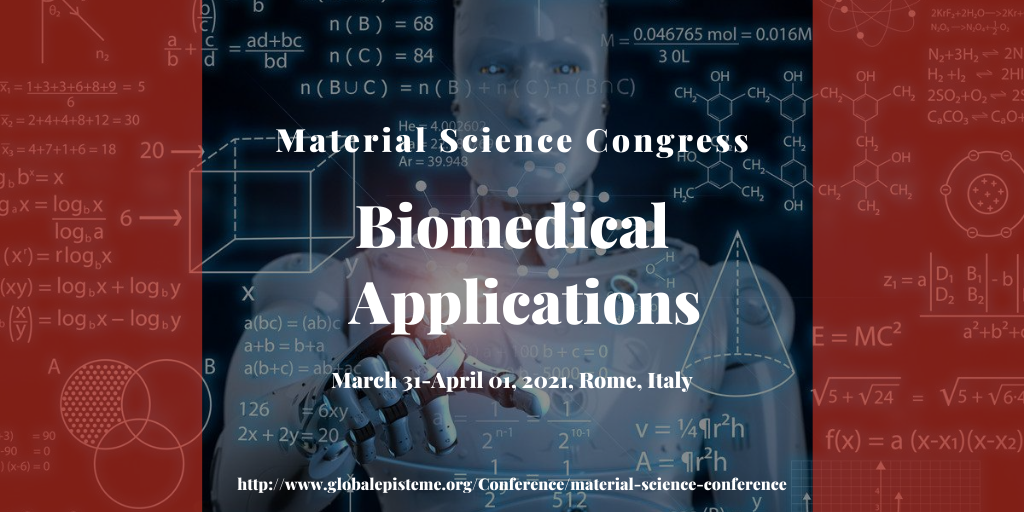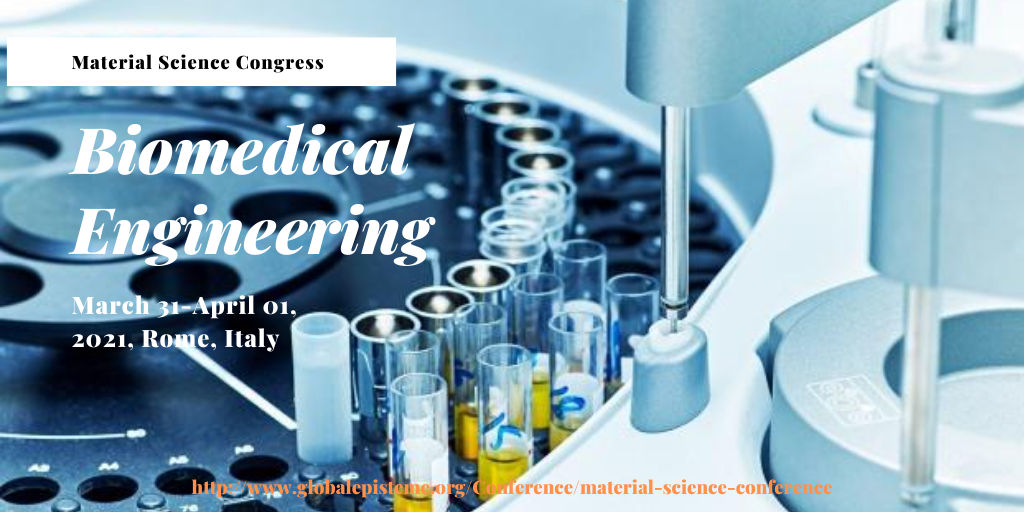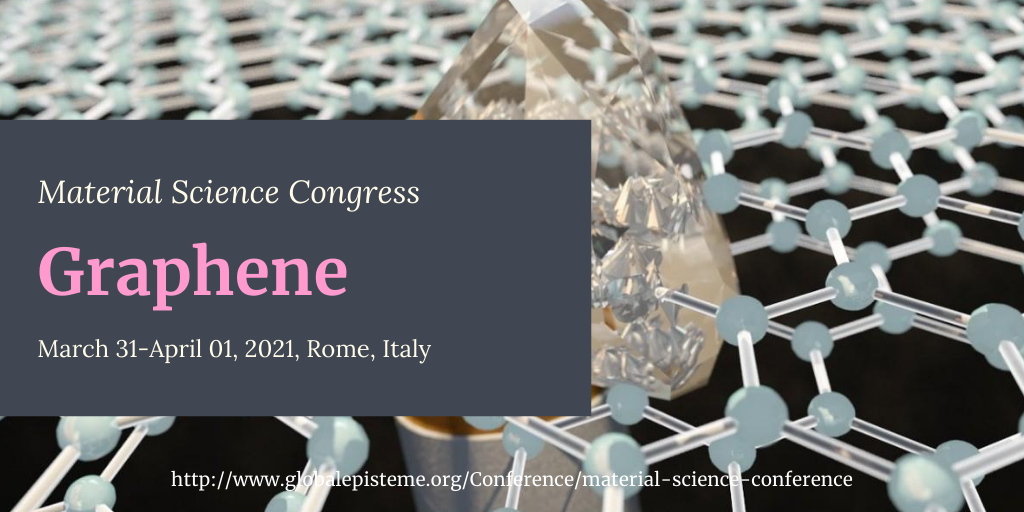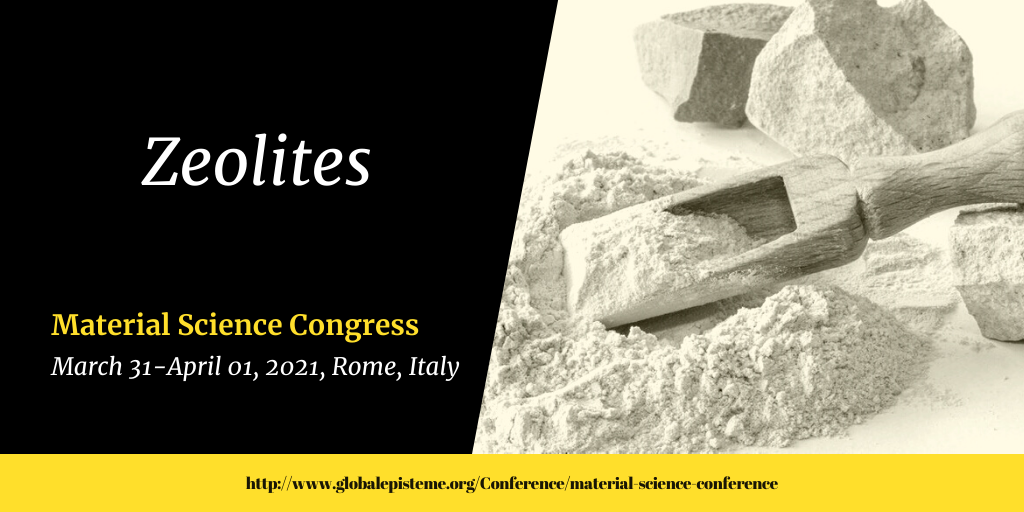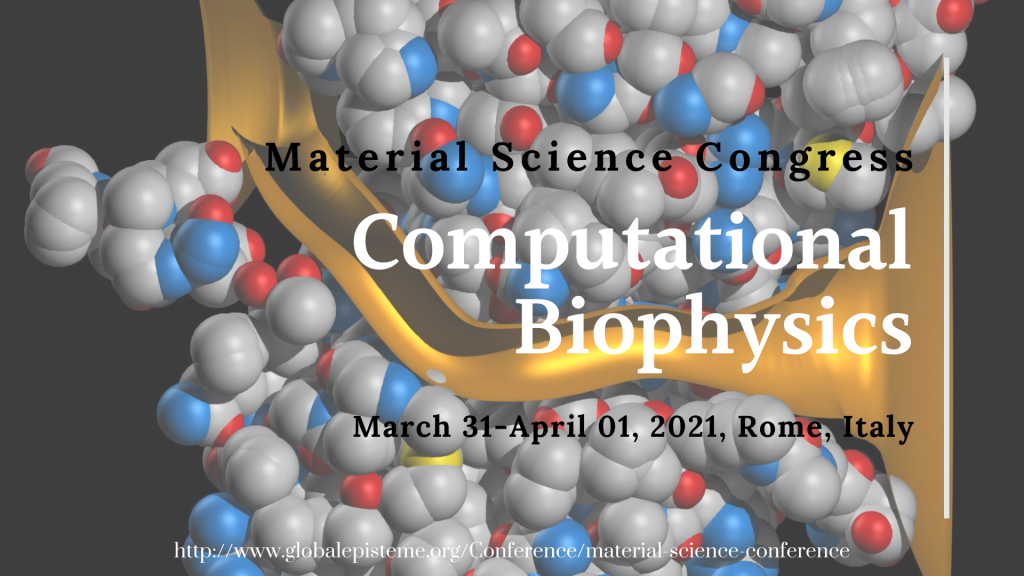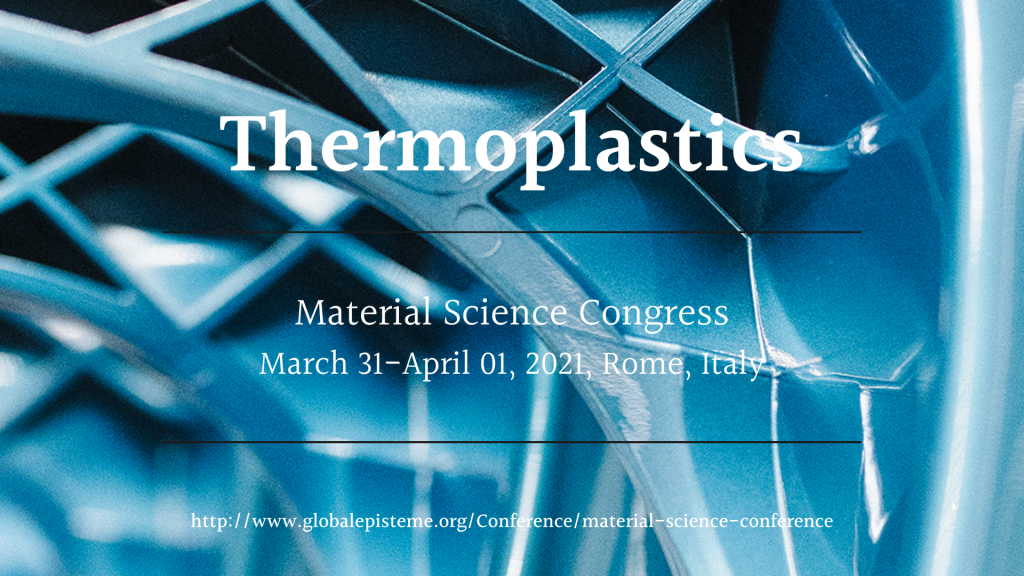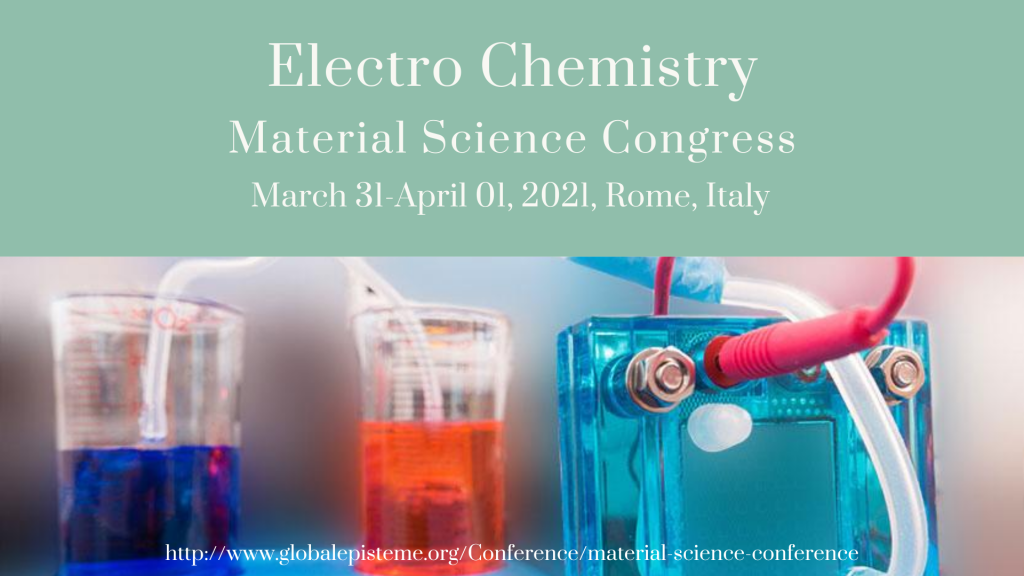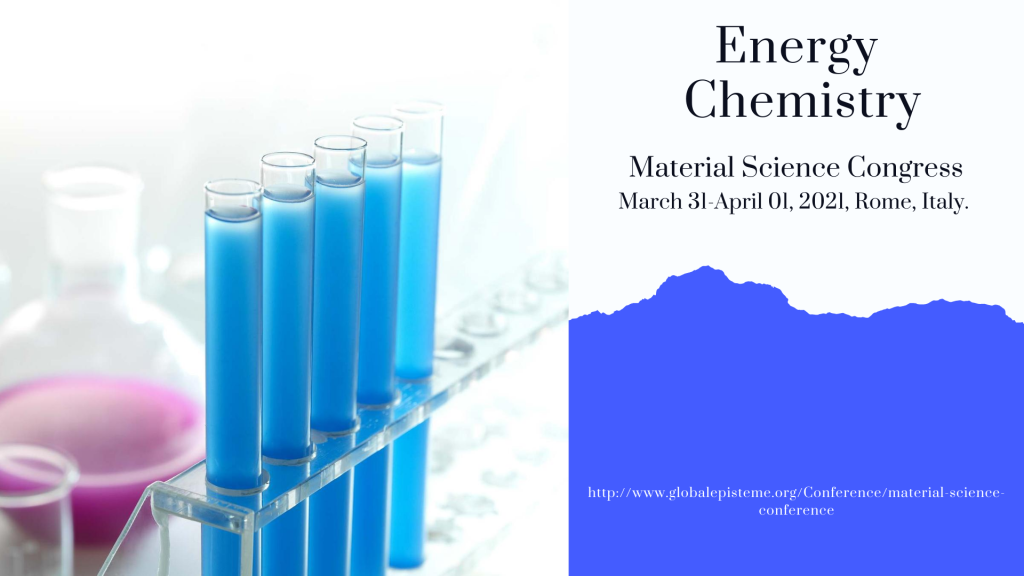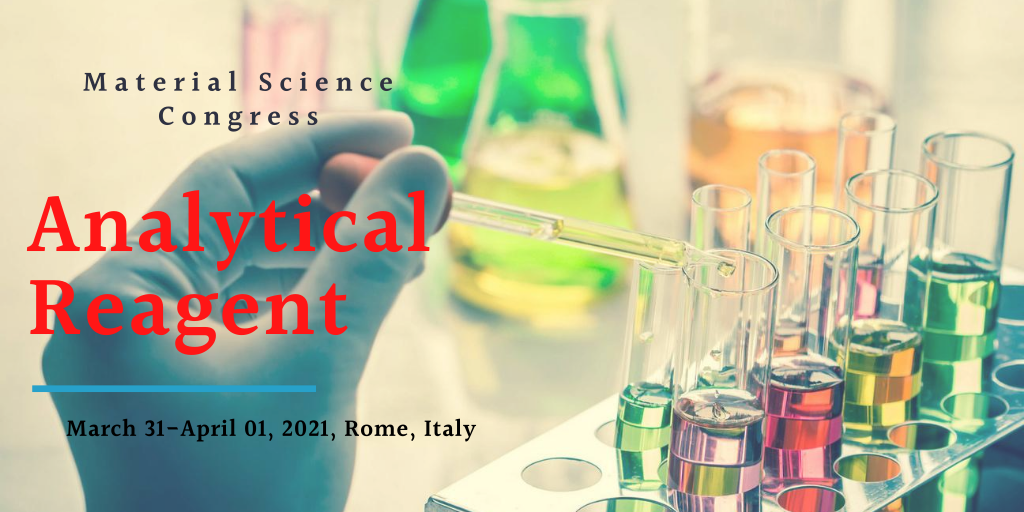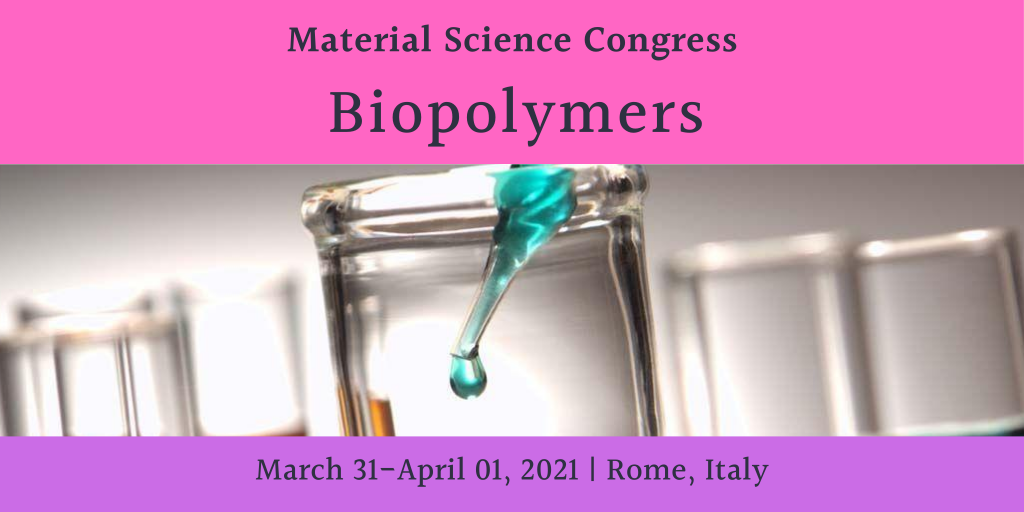Gibbs free energy, also known as the Gibbs function, Gibbs energy, or free enthalpy, is a quantity that is used to measure the maximum amount of work done in a thermodynamic system when the temperature and pressure are kept constant. The Gibbs free energy of the system is a state function because it is defined in terms of thermodynamic properties that are state functions. The change in the Gibbs free energy of the system that occurs during a reaction is therefore equal to the change in the enthalpy of the system minus the change in the product of the temperature times the entropy of the system.
For more: http://globalepisteme.org/Conference/material-science-conference
#MaterialsScienceConferences#covid19#chemistrysymposiums#chemistryevents#NanotechnologyConferences2020#MaterialsScienceMeeting#chemistryworkshop
